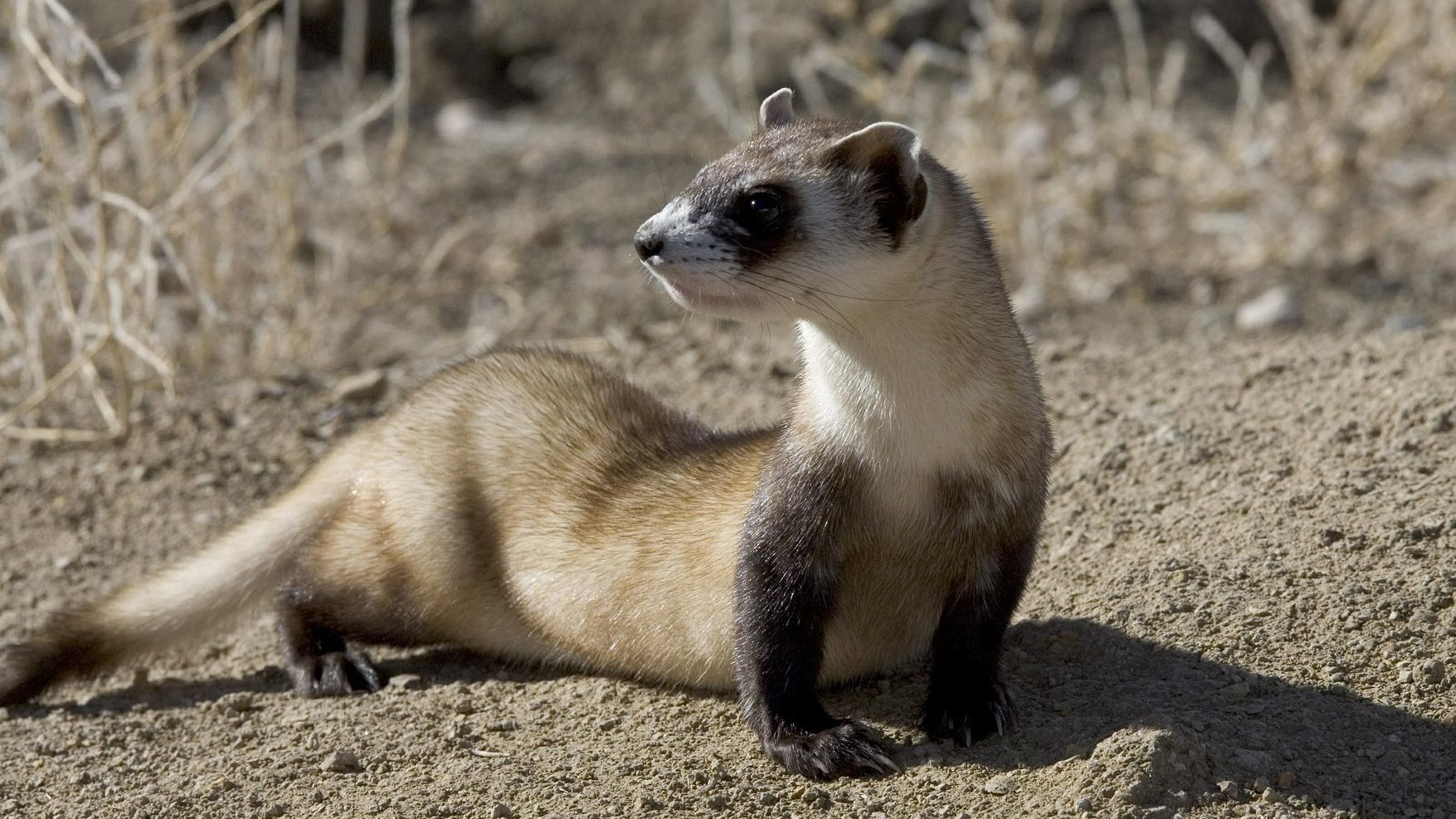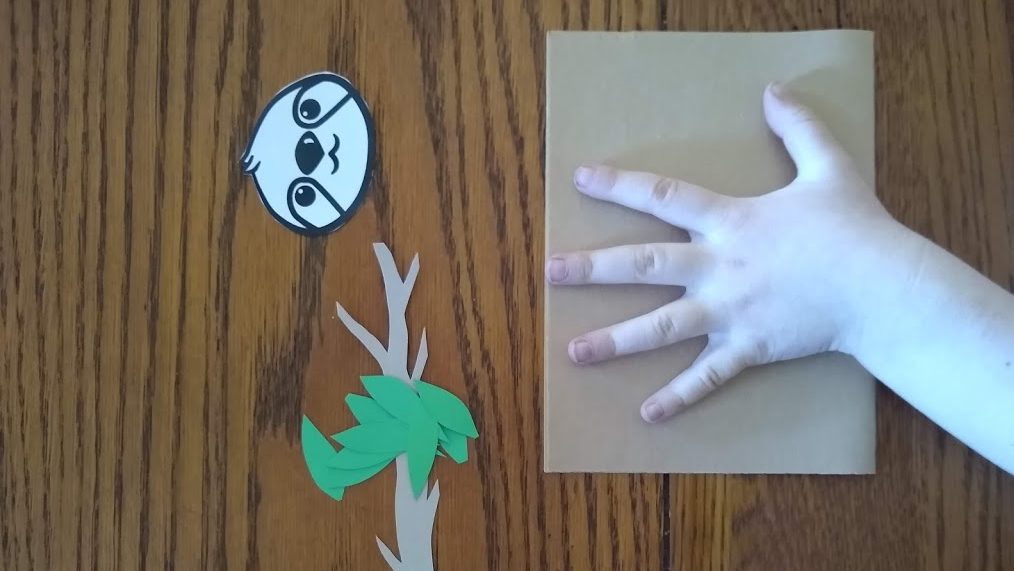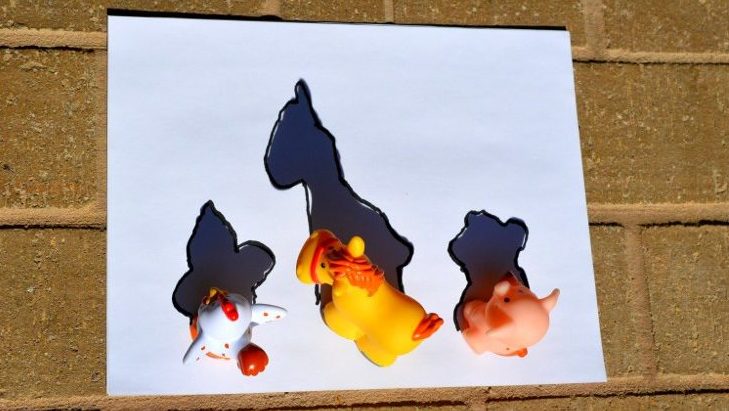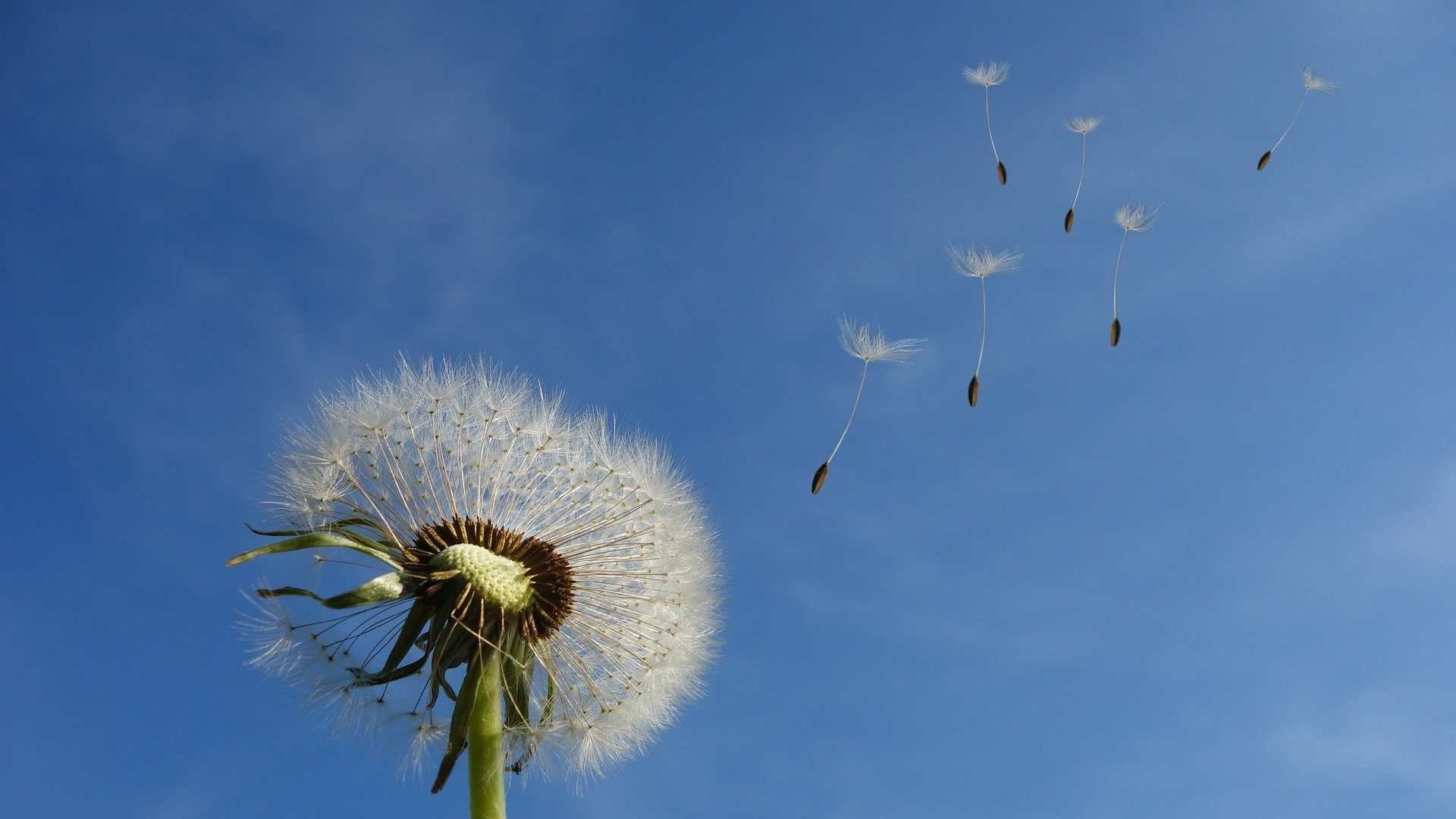Post written by Sierra Tamkun, Learning Experiences Manager. Adapted from the National Informal STEM Educator’s Network (NISE Net).
Daily Discovery: Imagining Life
Have you ever looked up at the night sky and wondered what other life might be out there, circling other stars? If so, you’re thinking like an astrobiologist!
Astrobiologists study how life began and evolved on Earth, and what conditions are needed to make other worlds habitable. Part of their research includes the study of extreme Earth environments where life exists, and they use this information to make predictions about where in the universe we might find other life, and what those life forms might be like!
Explore some different extremophiles (living creatures whose habitats are too extreme for us!) and make your own predictions about what life might exist on another planet!
Supplies:
- Drawing sheet (linked in PDF below) or blank piece of paper
- Markers or colored pencils
- Extremophiles Cards (linked in PDF below)
Instructions:
- Take a look at the different extremophiles cards and learn about organisms that thrive in places too extreme for humans.
- Imagine a planet or moon in the universe where the environment is too harsh for people. Is it very hot? Very cold? Is the air too thick, or very thin? Is it too acidic? Use the provided drawing sheet or your own piece of paper to draw the landscape of your imagined world!
- Think like an astrobiologist! What sort of organism would survive on your planet or moon? What adaptations would it need to live there? Would it look like an extremophile of Earth, or something completely different? Draw your life form in its extraterrestrial habitat!
Are we alone in the universe?
We don’t yet have scientific evidence for life in other parts of the universe, but there are some exciting possibilities in the Milky Way galaxy— and even our own solar system! Astronomers have found many potentially habitable planets in the Milky Way using NASA’s Kepler telescope. These “Goldilocks” planets are just the right distance from the stars they orbit—not too close and not too far—to allow liquid water to exist on their surfaces, a critical ingredient for life as we know it. Citizen scientists also participate in Kepler’s
research through the Planet Hunters project!
Astrobiologists expect that alien life forms—if they’re out there—will be specially adapted to their environment. Most of the alien worlds we’ve explored so far are very different from Earth, so any living things we find beyond Earth will probably be very different, too.
Want to download these directions? Click here for a handy PDF!
Follow along with our Daily Discovery! Click here for all activities that you can do at home.
Image credit: earthsky.org













